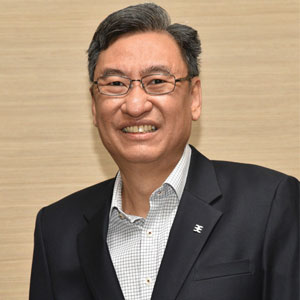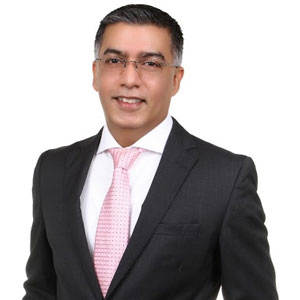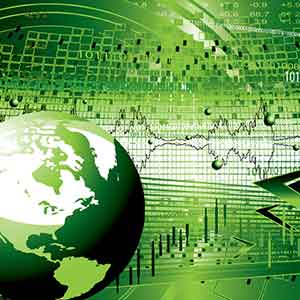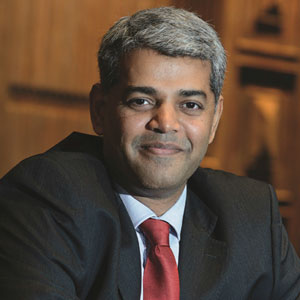THANK YOU FOR SUBSCRIBING
Editor's Pick (1 - 4 of 8)

Digitalizing Engineering and Commerce
Gabriel Low, VP Business Transformation and M&A Projects (Asia) / CFO, Weidmuller PTE Ltd


Gabriel Low, VP Business Transformation and M&A Projects (Asia) / CFO, Weidmuller PTE Ltd
In commerce, AI is learning from itself to improve the outcome when a similar occurrence occurs in the future. AI is known to also write analyses and annual reports that are superior to that of humans!
Shared services 3.0: The next shared services revolution will reverse the first
There has been a painful shift of repetitive jobs in high-cost countries to low labor cost countries with the onset of the shared services craze of 15 years ago. This labor arbitrage has left many casualties in high-cost countries and benefitted others. The price to pay was the off shoring of internal capabilities, national data, and money flows. The next wave is coming that will see the sunset of such human processing factories in other countries. This new wave will be the onset of robots, machine learning, and systems that will be able to process such repetitive tasks 24/7 automatically in place of human processes. Countries like Singapore and Malaysia are well placed to lead the development of such SSC 3.0 factories, with the know-how, creativity, and technological capabilities. We could potentially see a new wave of shared services hubs sited in such knowledge hubs run not by humans, but robots.
Regaining a nation’s competitive edge
Taking this a step further – compact labor constrained jurisdictions, such as Hong Kong and Singapore could potentially benefit from “a cross-platform – cross- company” national supply chain systems. Such a nationwide network system could potentially eliminate the repetition of data processing and delivery validation by vendor and customer companies by passing invoicing data across a common exchange system to each other, regardless of the ERP platform. Singapore successfully pioneered the tradenet system for customs clearing over 25 years ago and is well placed to bring such a nationwide network system to fruition. I have mentioned before, that SME’s within such an ecosystem could potentially regain its competitive edge, by eliminating expensive, hard to find labor for such processing, which large companies solve by off shoring.
The Blockchain is transforming trade
It should now be clear that the blockchain is not synonymous with e-currencies, but provides the backbone for things like e-currencies, smart contracts, and international trade documentation. The power of blockchain to transform international trade and commerce has made a lot of headway with much more to come. I see a point in the near future where each online person could have a “blockchain” ID. The benefits of the blockchain are to enable the electronic exchange of documents and data between validated “signed” users. Delivery of shipping documents across countries by hand could be eliminated. The issuance of insurance policies and claims need not be in hard copies anymore and replaced by smart contracts “witnessed in the blockchain”. Sensitive drawings could be delivered to 3D printing machines across the globe for quick delivery of products.
Joining the dots – Sensors and connectivity
We cannot forget that such transformative power is not all in the IT space but requires further hardware advancements of smart sensors, PLCs, smart industrial connectivity and communication devices to deliver the data from source to the cloud, bypassing the need for local control centers. This is the space that engineering companies like Weidmuller are leading in.
Are we ready for this change?
We could potentially see a new wave of shared services hubs sited in such knowledge hubs run not by humans, but robots
Weekly Brief
I agree We use cookies on this website to enhance your user experience. By clicking any link on this page you are giving your consent for us to set cookies. More info
Read Also













